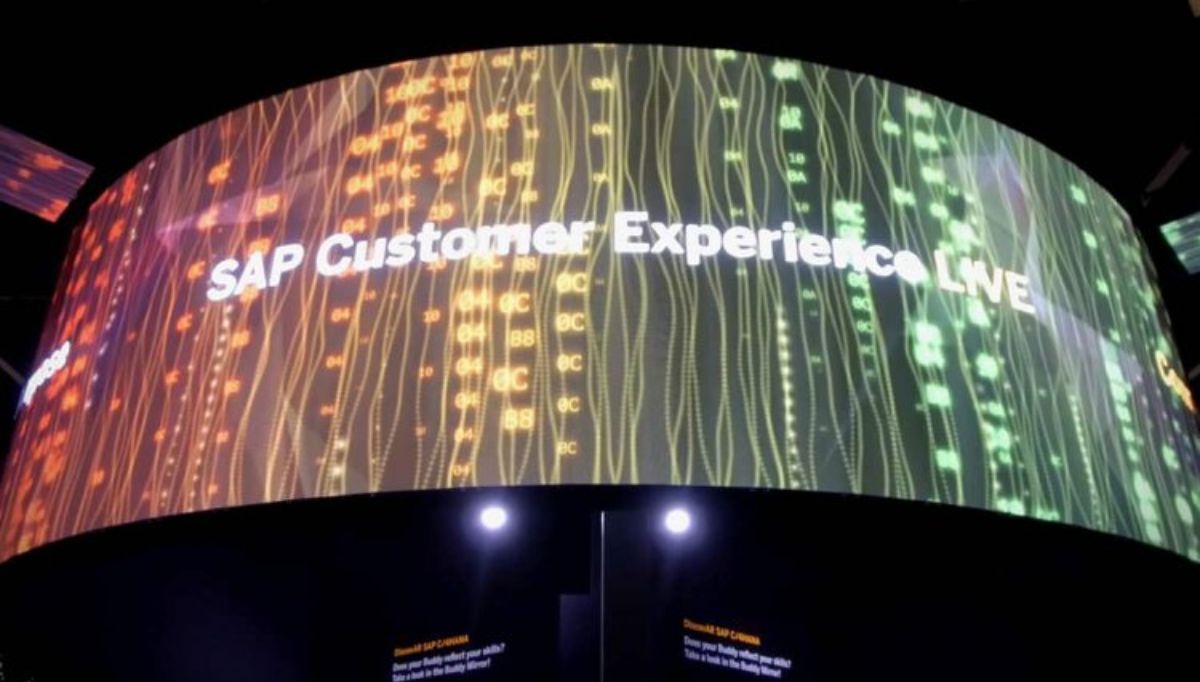Author, S.Pranatharthi Haran.
From a marketing point of view, what makes IT Shows significant is how the offline event’s high awareness has caused e-commerce platforms to ride on its popularity by launching online IT sales events of their own. The participating brands at the IT Show, on the other hand, will also most likely extend their show promotions to their online platforms too. Putting all these together, consumers are spoilt for choices – they can shop virtually at the IT Show without a physical visit to the IT Show.
In order to fully capitalise on the opportunities offered during such sales period, the best of brands would offer an omnichannel shopping experience which blurs the line between online and offline shopping especially with consumers using multiple channels to complete a single purchase. For example, consumers that purchase a product online may request to pick the item up at the IT Show itself as they may want to see all options available at the show and touch and feel other products.
According to our 2018 SAP Consumer Propensity Report, almost half of Singaporeans wish for a tactile experience where they can test or try out products before purchase. It is for this reason that the offline aspect of IT Shows still remains relevant and a crowd puller. At the same time, brands must utilise data analytics to predict and prepare for expected demand for specific products and have connected systems to obtain visibility of stock levels for their online channels and at the IT show.
Our study found that 38% of Singaporeans abandoned their online shopping carts due to stock unavailability. Brands could also look to extend their IT Show promotions on their online platforms even after the show has ended to cater to those who were not able to capitalise on such promotions (whether offline or online) while the IT Show was happening.
Additionally, brands could take a deeper look into their consumers’ buying history and search history to understand what they may be looking for. The use of advanced analytics is necessary to anticipate what shoppers want to buy and is key in providing a more personalised experience with relevant recommendations and promotions.
In today’s experience economy, it is positive experiences that drives brand loyalty, not transactions. By offering the above features, brands will be able to provide strong incentives for customers to return even after the IT Show is over.
S.Pranatharthi Haran is the Head of SAP Customer Experience, Southeast Asia.

















